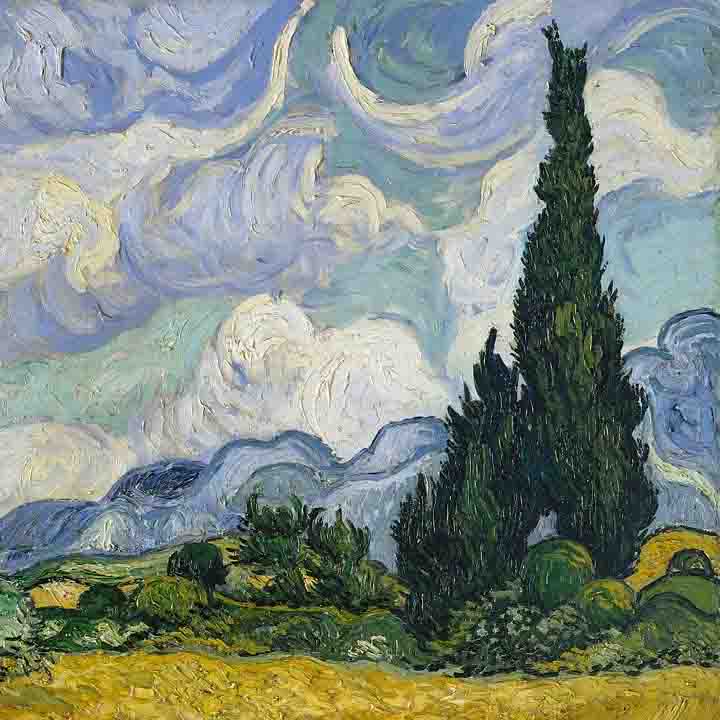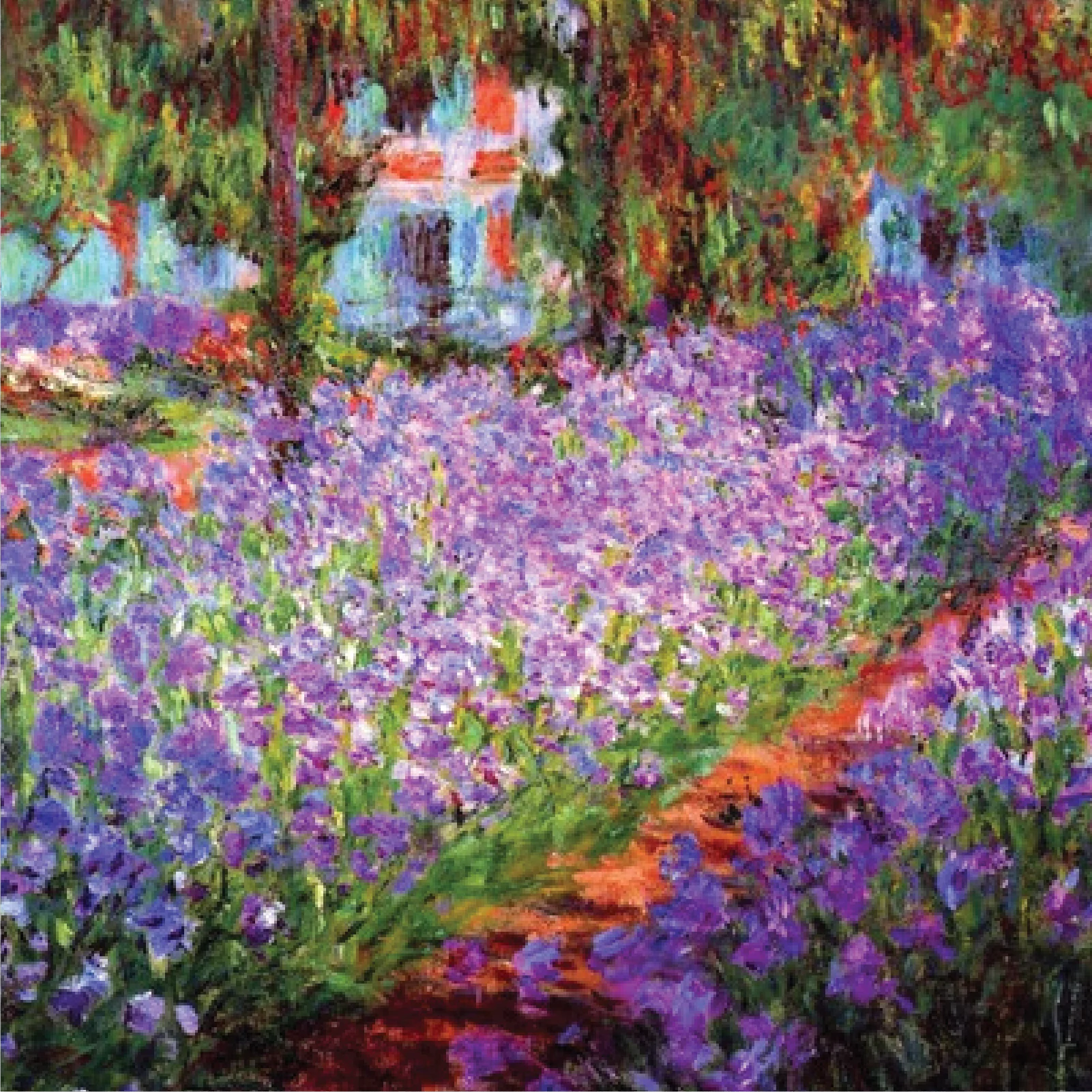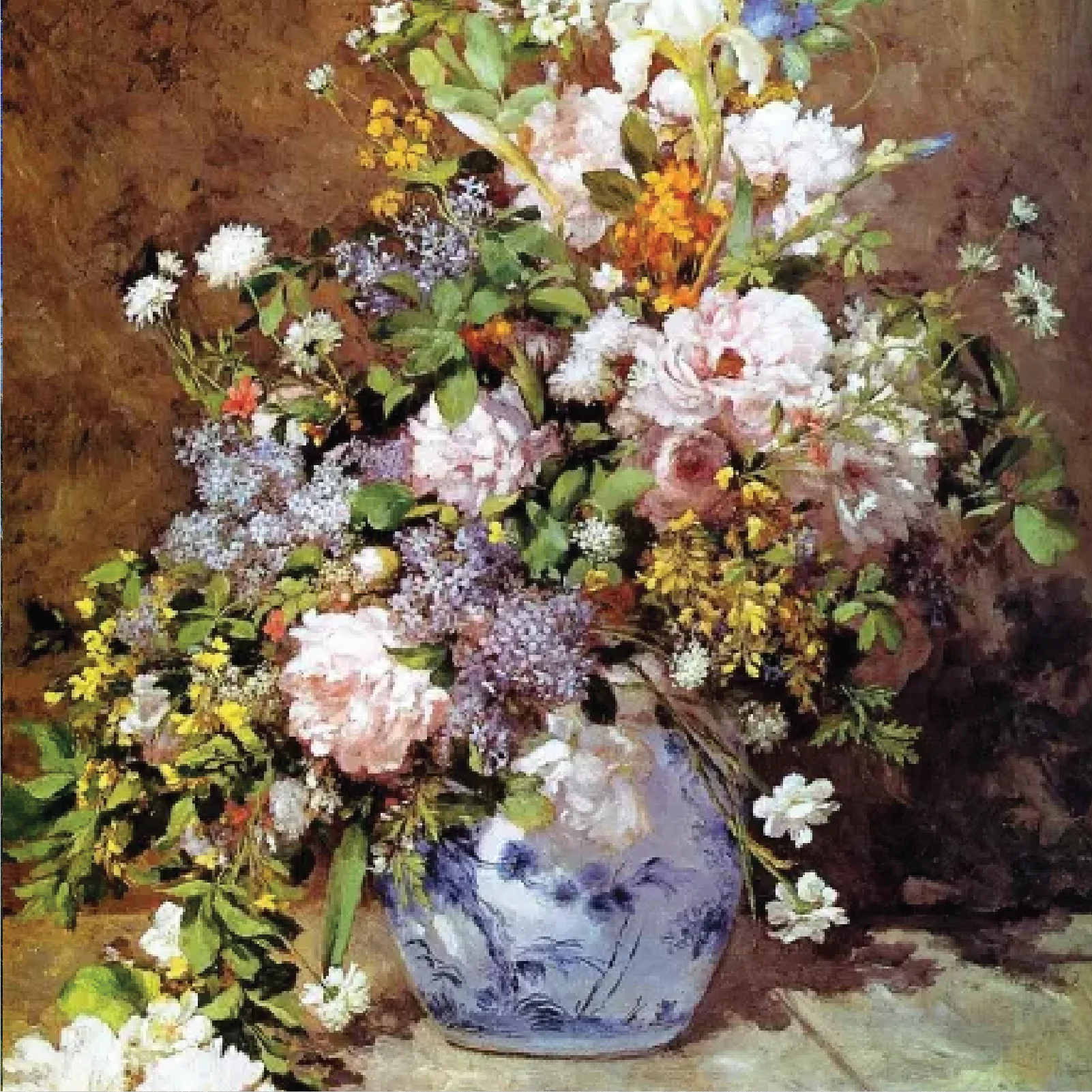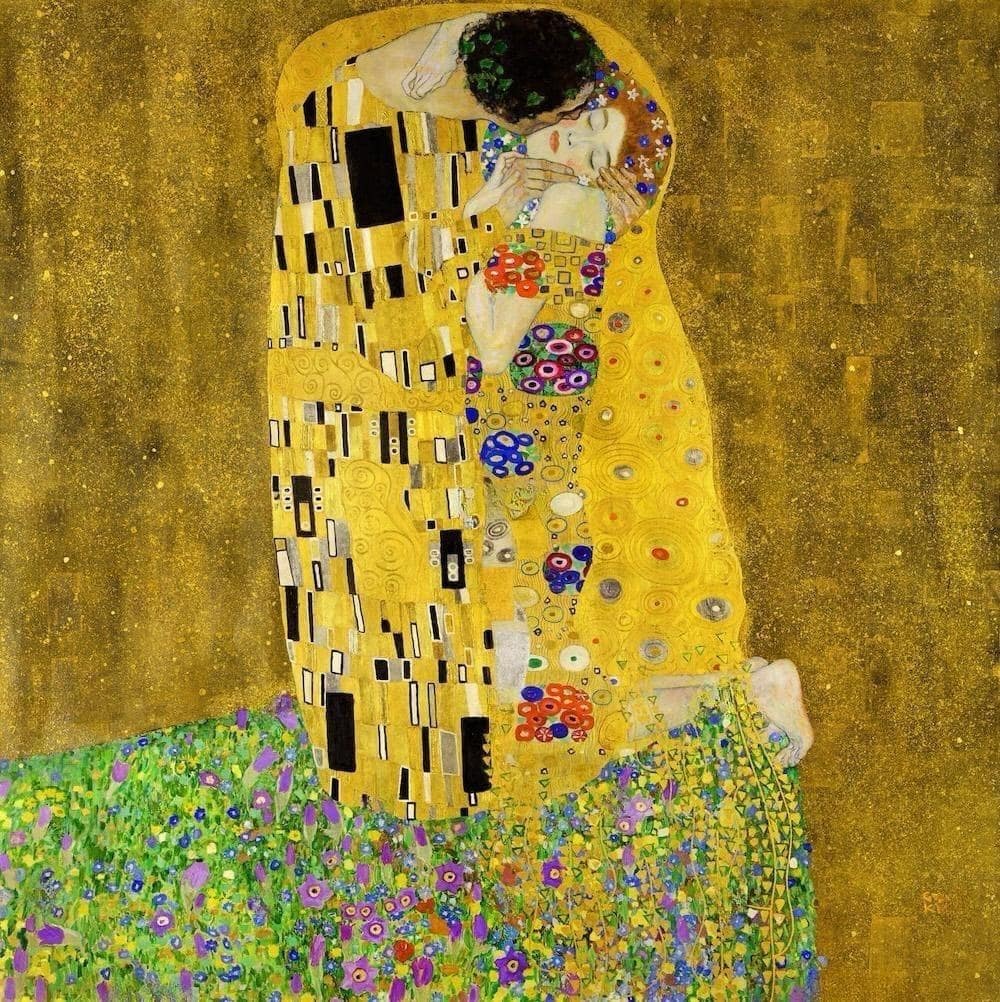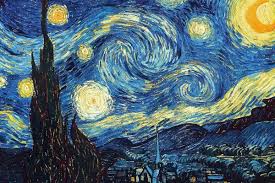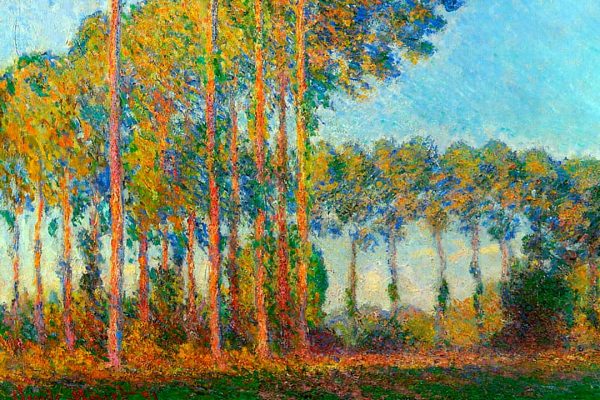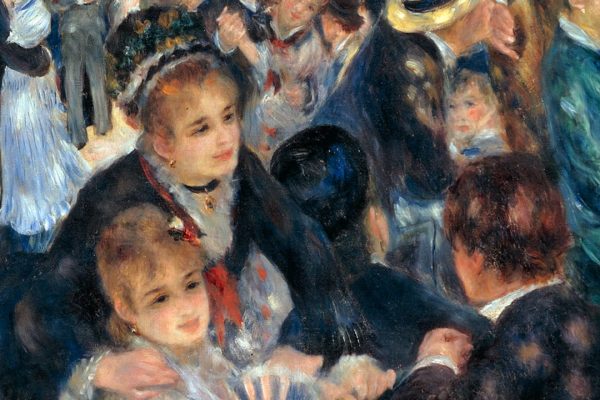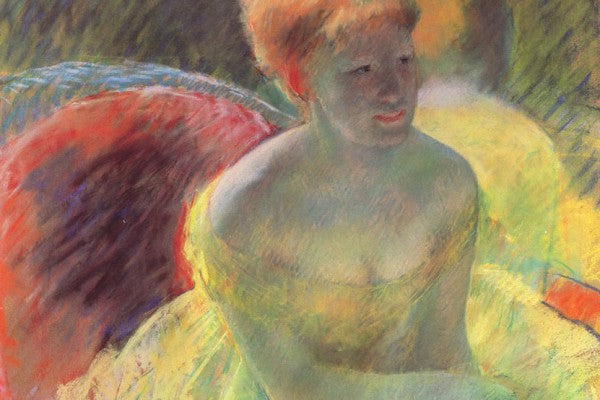Have you ever wondered how long an oil painting takes to dry? This question often puzzles both budding artists and seasoned collectors. Waiting for an oil painting to dry can feel like an eternity.
This is especially true when you're eager to display or move your artwork. Understanding the drying times of oil paintings is not about patience. It's crucial for proper handling and preservation.
In this blog post, we'll discuss factors that affect causing the slow drying rate. We'll also provide tips. During this critical time, they will handle your oil paintings with care. Let's explore the oil painting drying process together.
What is the Drying Process?
When we talk about how long an oil painting takes to dry, we need to understand the drying process itself. Oil paints dry through a process called oxidation. This means the oil in the paint reacts with oxygen in the air. Water-based paints dry by evaporation. Oil paints change chemically as they dry. This process takes more time.
Stages of Drying
Oil paintings don't dry all at once. Instead, they go through several stages:
-
Touch Dry: This is the first stage wherein the surface of the paint feels dry to the touch. Depending on the thickness of the paint and the type of oil used, this can take several days to a week.
-
Dry to Handle: At this level, you may carefully handle the portrait without smudging it. This occurs weeks after the touch dry degree. But the paint beneath is still not fully dry.
-
Fully Dry: An oil painting is fully dry when all the paint layers have finished oxidizing. This can take several months to a year or possibly longer. It depends on factors such as paint thickness and the environment.
Factors Affecting Drying Time for Oil Paintings

There are several factors influence how long an oil painting takes to dry. You also have to look at the damaged parts of the paintings to restore them. Let's break down the key ones:
Type of Oil Paint
Different oils are utilized in paints that dry at unique rates. For instance, linseed oil dries quicker than poppy oil. The choice of oil significantly affects the drying time.
Environmental Conditions: The environment plays a large role. Temperature, humidity, and airflow all affect drying times. Warmth and airflow speed up drying. But high humidity slows it down.
Thickness of Paint Layers: Thick layers of paint take longer to dry than thin ones. If you apply the paint closely, count on an extended drying time.
Use of Mediums: Artists often mix mediums with their oil paints. They do this to alter the drying time. Some mediums can speed it up, while others slow it down. Knowing how to use those mediums can help control the drying time better.
Color and Pigments: Some coloring dry quicker than others due to the pigments used. For example, earth tones normally dry faster than blues and reds.
Canvas Preparation: The type of surface or canvas you paint on can also affect drying time. Primed canvases normally permit paint to dry faster than unprimed ones.
Drying Times for Different Oil Paint Types
Different types of oil paints have varying drying times. Here’s a look at some common ones:
Linseed Oil Paints:
Linseed oil is one of the most commonly used oils in painting. It dries rather quickly, usually within three to five days to become dry. Linseed oil produces a robust, flexible finish, making it a popular choice.
Poppy Oil Paints:
Poppy oil dries more slowly than linseed oil. It can take five days or longer to become touch dry. Poppy oil yellows less. It is often used for lighter colours and whites.
Walnut Oil Paints:
Walnut oil dries more quickly than poppy oil, but slower than linseed oil. It generally takes approximately four to six days to be touch dry. Walnut oil is prized for its smooth utility and non-yellowing properties.
Safflower Oil Paints:
Safflower oil is another slow-drying oil. It is similar to poppy oil. It can take up to a week or more to become touch dry. It is frequently used in whites and light colorations to prevent yellowing.
Alkyd Oil Paints:
Modified oils in alkyd paints dry much faster than traditional oils. They may be touch dry in as little as 18 to 24 hours. These are best for artists who require quicker drying times.
How to Tell if an Oil Painting is Completely Dry

Knowing when an oil painting is dry is vital. It stops smudging or destroying your art. Here are a few physical symptoms and strategies. They will help you tell if your painting is dry or needs time.
Touch Dry:
When the floor feels dry to the touch, it's a mile a demonstration that the top layer isn't wet. However, this doesn't mean the entire painting is dry.
Color Consistency:
Wet oil paint appears glossy and dark. As it dries, it becomes matte and lighter in color. Check for even coloration and texture throughout the portrait.
No Odor:
Wet oil paint has an exceptional smell. If you no longer smell the paint, it can be a signal that it has dried completely.
Smooth Surface:
Run your hand lightly over the portrait. If it feels clean and there is no tackiness, it is a very good signal that the painting is dry.
Tips for Speeding Up the Drying Process of Oil Paintings
Sometimes, you may need your oil painting to dry faster. Here are some effective tips to speed up the drying process:
Environmental Adjustments
-
Increase Airflow: Place your portrait in a properly ventilated area. Use fans to blow air around the portrait, which helps the paint dry more quickly.
-
Adjust Room Temperature: Warmer temperatures can speed up the drying process. Keep the room heat, but avoid direct heat, which can motivate the paint to crack.
-
Low Humidity: Maintain low humidity ranges in the room. High humidity slows down drying, so the use of a dehumidifier may be useful.
-
Siccatives: Siccatives are also known as drying agents. They can be mixed with oil paints to accelerate their drying process. Cobalt drier is a common siccative that significantly reduces drying time. However, use them sparingly, as an excessive amount of siccatives can cause the paint to crack.
-
Alkyd Mediums: Alkyd mediums are rapid-drying, oil-based total mediums. Adding a bit of alkyd medium makes oil paints dry faster. It does not harm the paint's quality.
Conclusion
Knowing how long an oil painting takes to dry is crucial. This is true for both artists and creditors. We explored the basic chemistry of drying. We outlined the stages from contact dry to fully dry.
If you're looking to buy brilliant oil painting replicas, take a look at Art&See. They have a beautiful series. They offer a wide range of beautiful pieces to supplement any space. Have a great day!
FAQs
1. Can I use a hair dryer to speed up the drying process of my oil painting?
Using a hairdryer can cause the paint to crack or become uneven. It's better to use a fan or adjust the room's temperature.
2. How long should I wait before varnishing my oil painting?
Wait six months to a year to ensure the painting is completely dry before varnishing.
3. What should I do if my oil painting takes too long to dry?
Increase airflow, adjust room temperature, use a drying agent, or reduce humidity.
4. Are there specific brands of oil paints that dry more quickly?
Yes, alkyd oil paints dry faster than traditional oil paints. Check the product information for specific drying times.





